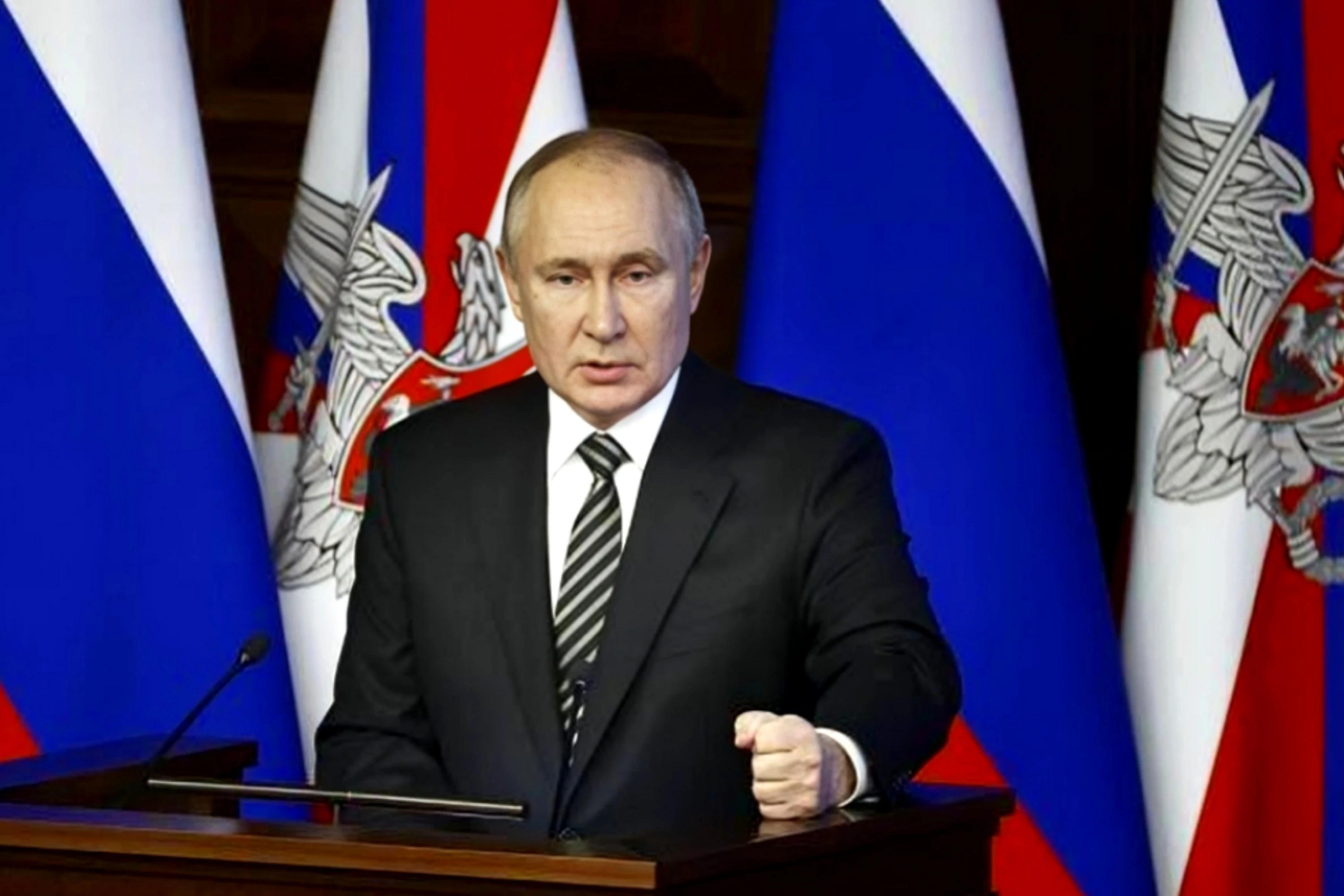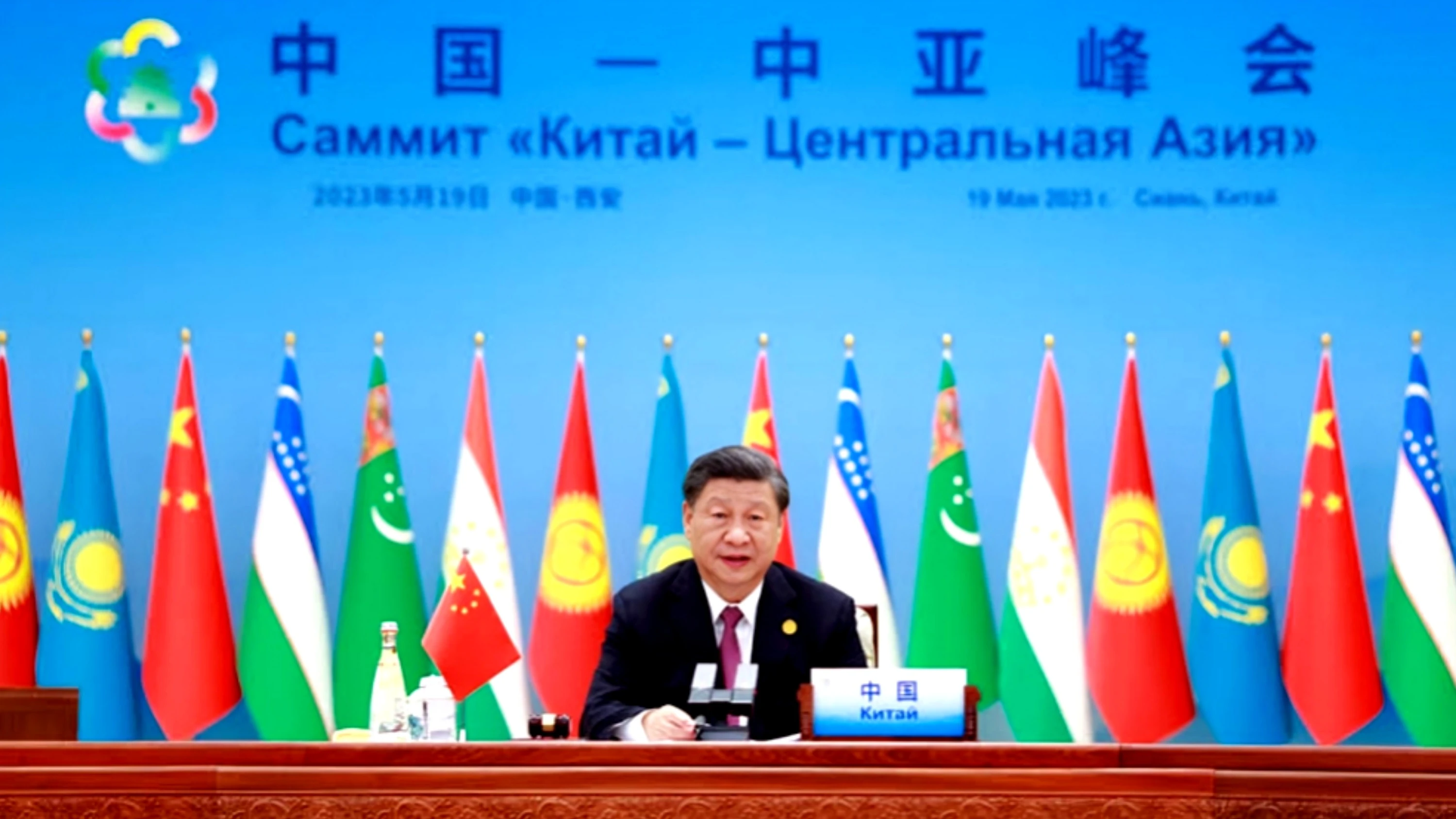Colombo: Sri Lanka’s external sector showcased notable resilience in March 2025, registering its highest-ever monthly current account surplus since such data began being compiled in January 2023, according to the Central Bank.
The country posted a current account surplus of US$ 459 million, marking the third straight month of surplus and underlining the strength of foreign inflows—particularly from overseas workers. Remittances soared to an all-time high of US$ 693 million for the month of March, setting a new benchmark and playing a pivotal role in bolstering the balance.
Despite these gains, the merchandise trade deficit widened year-on-year to US$ 396 million. However, this was a marginal improvement over February’s deficit of US$ 411.3 million. The terms of trade slightly improved during this period, as import prices declined more sharply than export prices, contributing to higher export earnings and an increase in import volumes.
Tourism earnings remained robust, rising to US$ 354 million in March 2025—up from US$ 338 million a year earlier—demonstrating the sector’s ongoing recovery and contribution to the economy.
In the financial markets, foreign investment presented a mixed picture. The government securities market attracted a net inflow of US$ 49 million, while the Colombo Stock Exchange (CSE) saw a modest net outflow of US$ 6 million.
Sri Lanka’s foreign exchange reserves rose significantly, reaching US$ 6.5 billion by the end of March. This increase was fueled by the receipt of the fourth tranche under the IMF’s Extended Fund Facility (EFF) and net forex purchases amounting to US$ 402 million by the Central Bank from the domestic market.
On the currency front, the Sri Lankan rupee weakened by 2.3% against the US dollar in the year to April 2025, reflecting underlying external pressures despite the positive balance of payments trends.








